Home>diy>Building & Construction>When Was Construction Of The Statue Of Liberty Completed
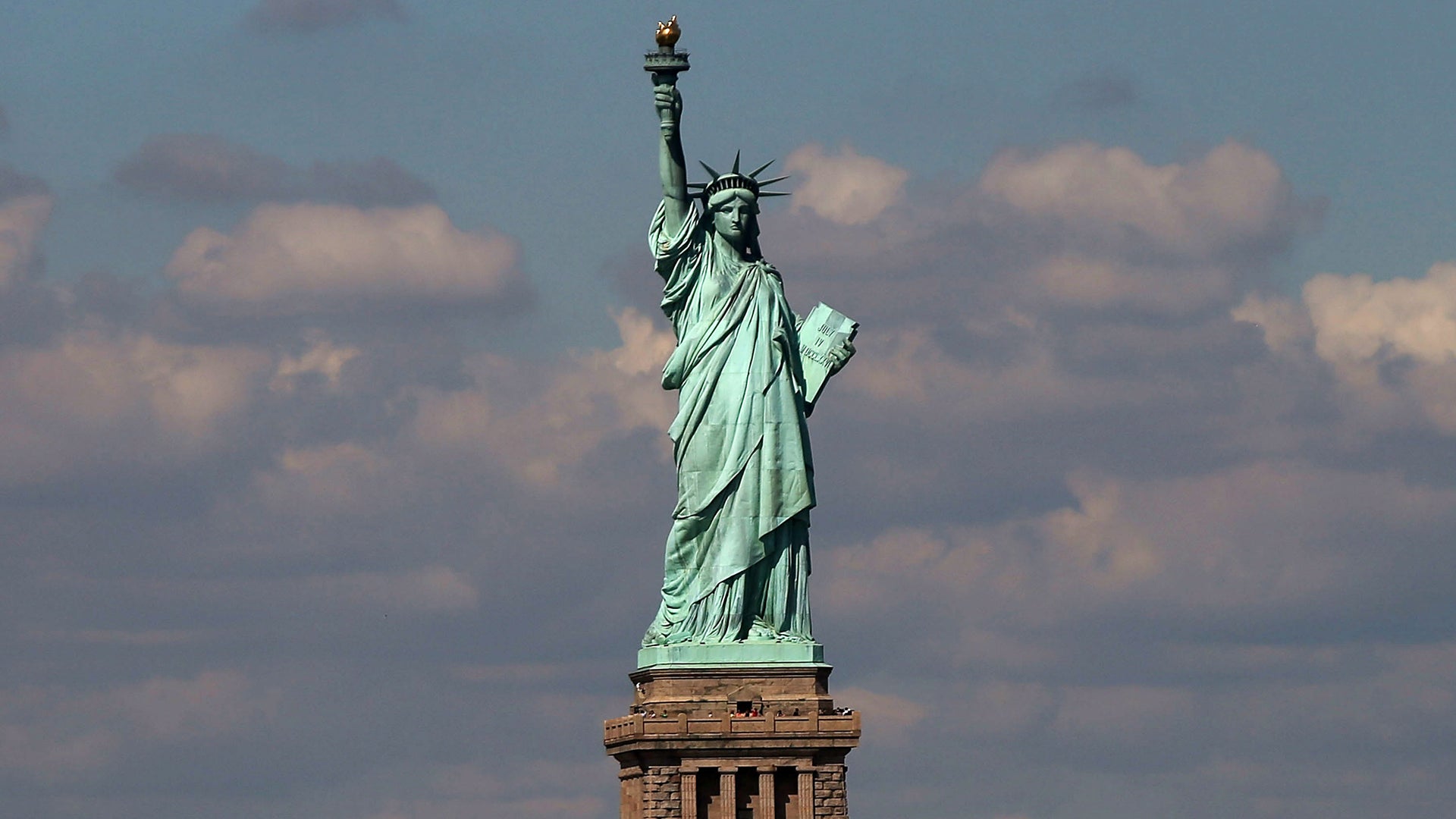

Building & Construction
When Was Construction Of The Statue Of Liberty Completed
Modified: December 7, 2023
Discover the fascinating history of the iconic Statue of Liberty, from its initial construction to its grand completion. Explore the challenges and triumphs of building this engineering marvel.
(Many of the links in this article redirect to a specific reviewed product. Your purchase of these products through affiliate links helps to generate commission for Storables.com, at no extra cost. Learn more)
Introduction
The Statue of Liberty, a colossal neoclassical sculpture situated on Liberty Island in the New York Harbor, stands as a defining symbol of freedom and democracy worldwide. This iconic landmark has become a monument of hope and inspiration for millions of immigrants arriving in the United States in search of a better life. Today, the Statue of Liberty serves as a reminder of American values, welcoming visitors from all over the globe.
In this article, we will delve into the fascinating history and construction of the Statue of Liberty. From its original design concept to the challenges faced during its construction, we will explore the journey that resulted in the completion of this iconic symbol.
So, join us as we embark on a journey back in time to uncover the incredible story of the Statue of Liberty and its remarkable construction.
Key Takeaways:
- The construction of the Statue of Liberty was a collaborative effort between France and the United States, overcoming challenges such as funding, logistics, and public opinion to create a timeless symbol of freedom and hope.
- The completion of the Statue of Liberty in 1886 marked a monumental achievement, representing the enduring friendship between France and the United States and their shared ideals of liberty and democracy.
Read more: How Many Stairs In The Statue Of Liberty
The Design and Concept of the Statue of Liberty
The concept and design of the Statue of Liberty were the brainchild of French sculptor Frédéric Auguste Bartholdi and his collaborator, engineer Gustave Eiffel. The statue was a gift from the people of France to the United States, symbolizing the enduring friendship between the two nations and their shared commitment to liberty and democracy.
The statue, standing at an impressive height of 305 feet, depicts a robed female figure holding a torch in one hand and a tablet inscribed with the date of the American Declaration of Independence in the other. The statue is based on the Roman goddess Libertas, who represents freedom from oppression and tyranny.
Bartholdi meticulously designed the statue, paying attention to every detail. He envisioned the statue as a powerful symbol, radiating strength and inspiration. The crown on the statue’s head is adorned with seven spikes, representing rays of light and symbolizing the seven continents and the universal message of liberty.
Interestingly, the construction of the Statue of Liberty was a collaboration between France and the United States. While Bartholdi designed the statue and oversaw its construction in France, Eiffel was responsible for designing and constructing the statue’s iron framework.
The design and concept of the Statue of Liberty reflect the values of freedom, democracy, and human rights that both France and the United States hold dear. It stands as a testament to the enduring friendship and shared ideologies between two nations.
The Construction Begins
The construction of the Statue of Liberty began in France in 1875. Bartholdi and his team started by creating a small-scale model of the statue, known as the “maquette.” This model provided a blueprint for the construction process and allowed Bartholdi to refine the design.
Once the design was finalized, the construction of the statue’s copper skin began. Over 300 thin copper sheets were carefully hammered and shaped to form the outer shell of the statue. These sheets were then assembled and affixed to a framework of iron ribs designed by Gustave Eiffel.
As the construction progressed, the various parts of the statue were shipped from France to the United States. The statue’s components were packaged and transported in large crates, making the journey across the Atlantic Ocean.
Upon arriving in the United States, the construction team faced the daunting task of assembling the statue on Liberty Island. The statue’s pedestal, designed by American architect Richard Morris Hunt, was constructed to support the weight of the statue and provide a sturdy foundation.
The construction of the pedestal took several years to complete, as it involved extensive excavation work and the pouring of concrete. Once the pedestal was finished, the statue’s copper skin was carefully assembled and attached to the upper section of the statue.
During the construction process, workers faced numerous challenges, including financial difficulties and logistical issues. However, their determination and dedication ensured the steady progress of the construction, bringing the completion of the Statue of Liberty one step closer.
The construction of the statue was a significant undertaking that required immense skill, precision, and collaboration between French and American engineers, designers, and craftsmen. Despite the challenges, the construction team persevered, driven by their commitment to creating a breathtaking symbol of freedom and hope.
Challenges Faced during Construction
The construction of the Statue of Liberty posed numerous challenges that had to be overcome. From financial constraints to technical difficulties, the construction team encountered obstacles along the way. Here are some of the key challenges they faced:
- Funding: The funding for the construction of the statue was a substantial hurdle. Both France and the United States had to raise significant amounts of money to finance the project. In the United States, fundraising efforts were led by the American Committee for the Statue of Liberty, who organized events and collected donations from citizens. In France, Bartholdi struggled to secure enough funds for the construction, resulting in delays in the project.
- Logistics: Transporting the massive statue components from France to the United States was a logistical challenge. The statue’s copper plates, iron framework, and other materials had to be carefully packaged and shipped across the Atlantic Ocean. The process required coordination between multiple parties, including shipping companies and customs officials.
- Assembly: Assembling the statue on Liberty Island was a complex task. The statue’s copper sheets had to be precisely aligned and fastened to ensure a secure and stable structure. Additionally, the construction team had to work at great heights, making safety a paramount concern.
- Weather: The construction of the statue was subject to the unpredictable weather conditions of the New York Harbor. Storms, extreme temperatures, and high winds posed challenges for the construction team and could delay progress.
- Public Opinion: Not everyone supported the construction of the statue. Some questioned the cost and the necessity of such a monument. Additionally, there were debates about the choice of location and whether the statue would obstruct views or pose navigational hazards.
- Engineering: The engineering aspects of the statue presented their own challenges. Gustave Eiffel’s iron framework had to be precisely designed and constructed to support the weight of the copper skin. The assembly of such a massive structure required technical expertise and careful calculations.
Despite these challenges, the construction team persevered, working diligently to overcome each obstacle. Their commitment to the project and the vision of freedom and democracy carried them through, ultimately leading to the completion of the Statue of Liberty.
The construction of the Statue of Liberty was completed on October 28, 1886.
Completion and Unveiling
After years of planning, fundraising, and construction, the Statue of Liberty was finally completed. On October 28, 1886, the magnificent statue was unveiled in a grand ceremony attended by dignitaries from both France and the United States.
The unveiling of the statue was a momentous occasion, marked by speeches, music, and a sense of anticipation. A crowd of thousands gathered on Liberty Island to witness this historic event and catch a glimpse of the statue that would come to symbolize freedom and opportunity.
During the unveiling ceremony, Bartholdi presented a speech expressing his gratitude to both France and the United States. He highlighted the collaborative effort that brought the statue to life and emphasized the ideals of liberty and democracy that it represented.
As part of the ceremony, the American poet Emma Lazarus recited her famous poem “The New Colossus.” The poem, which would later be inscribed on a plaque inside the statue’s pedestal, eloquently captured the essence of the statue and its welcoming message to immigrants.
Following the unveiling, the Statue of Liberty quickly became a symbol of hope and freedom for millions of immigrants arriving in the United States. It stood as a beacon, guiding ships into New York Harbor and serving as a powerful reminder of the principles upon which the nation was built.
Over the years, the Statue of Liberty has undergone various renovations and maintenance to preserve its grandeur. In 1986, the statue underwent an extensive restoration for its centennial anniversary, ensuring its beauty could be enjoyed by future generations.
Today, visitors from all around the world flock to Liberty Island to marvel at the Statue of Liberty and to learn about its history and significance. It stands as a living testament to the enduring spirit of liberty and serves as a reminder of the ongoing struggle for human rights and freedom throughout the world.
Read more: What Is The Final Completion In Construction
Symbolism and Significance of the Statue of Liberty
The Statue of Liberty is more than just a monument; it is a powerful symbol of freedom, hope, and opportunity. Its significance extends beyond its physical presence, representing the core values and aspirations of the United States and inspiring people around the world. Here are some of the key symbols and meanings associated with the Statue of Liberty:
- Liberty and Freedom: The Statue of Liberty stands tall as a beacon of liberty, representing the freedom that people from all walks of life can strive for. It is a symbol of the fundamental rights and freedoms enshrined in the United States Constitution, such as freedom of speech, religion, and the pursuit of happiness.
- Immigration and the American Dream: The statue holds a special significance for immigrants, as it greeted millions of newcomers who arrived in the United States seeking a better life. The statue’s symbolism resonates with the American Dream – the belief that with hard work and determination, anyone can achieve success and freedom in America.
- Enlightenment: The statue’s torch represents enlightenment, knowledge, and progress. Just as the ancient Greeks and Romans believed that the torchbearer was associated with the pursuit of wisdom, the Statue of Liberty embodies the idea that education and enlightenment are essential for a flourishing society.
- International Friendship: The gift of the Statue of Liberty from France to the United States reinforces the shared values and friendship between the two nations. It represents the enduring bonds of diplomacy, cooperation, and support between countries and serves as a reminder of the importance of global solidarity.
- Inspiration and Hope: The Statue of Liberty serves as a powerful symbol of hope, inspiring individuals to pursue their dreams, overcome challenges, and strive for a better future. It stands as a reminder that even in times of adversity, hope and perseverance can prevail.
The symbolism and significance of the Statue of Liberty have transcended borders and cultural boundaries, making it one of the most recognized and revered symbols in the world. It represents the ideals and values that have shaped the United States and continues to inspire people to this day.
Conclusion
The Statue of Liberty is not just a magnificent piece of art; it is a symbol of freedom, democracy, and human rights. From its inception as an idea to its completion and unveiling, the construction of the Statue of Liberty was a testament to the collaboration, determination, and unwavering commitment of both the French and American people.
The design and concept of the statue, carefully crafted by Frédéric Auguste Bartholdi and Gustave Eiffel, perfectly embody the values that the United States holds dear. The completion of the statue marked a monumental achievement, representing the enduring friendship between France and the United States and their shared ideals of liberty and democracy.
Throughout its history, the Statue of Liberty has faced numerous challenges, from financial constraints to logistical hurdles. However, these obstacles were overcome with perseverance and a collective vision, resulting in the creation of an iconic symbol that continues to inspire and captivate people worldwide.
The symbolism and significance of the Statue of Liberty go far beyond its physical presence. It represents the aspirations, dreams, and hopes of millions of immigrants who sought a new beginning in the United States. It stands as a beacon of hope and a reminder of the fundamental principles of freedom, opportunity, and equality that the United States represents.
Today, the Statue of Liberty continues to inspire visitors from all parts of the world, leaving a lasting impression on those who are fortunate enough to witness its grandeur. It serves as a reminder of our shared humanity, the power of unity, and the constant pursuit of a more just and inclusive society.
As we reflect on the construction and symbolism of the Statue of Liberty, let us be reminded of the importance of freedom, equality, and compassion in our own lives. May we draw inspiration from this remarkable monument and strive to create a world where these values hold true for all.
Frequently Asked Questions about When Was Construction Of The Statue Of Liberty Completed
Was this page helpful?
At Storables.com, we guarantee accurate and reliable information. Our content, validated by Expert Board Contributors, is crafted following stringent Editorial Policies. We're committed to providing you with well-researched, expert-backed insights for all your informational needs.


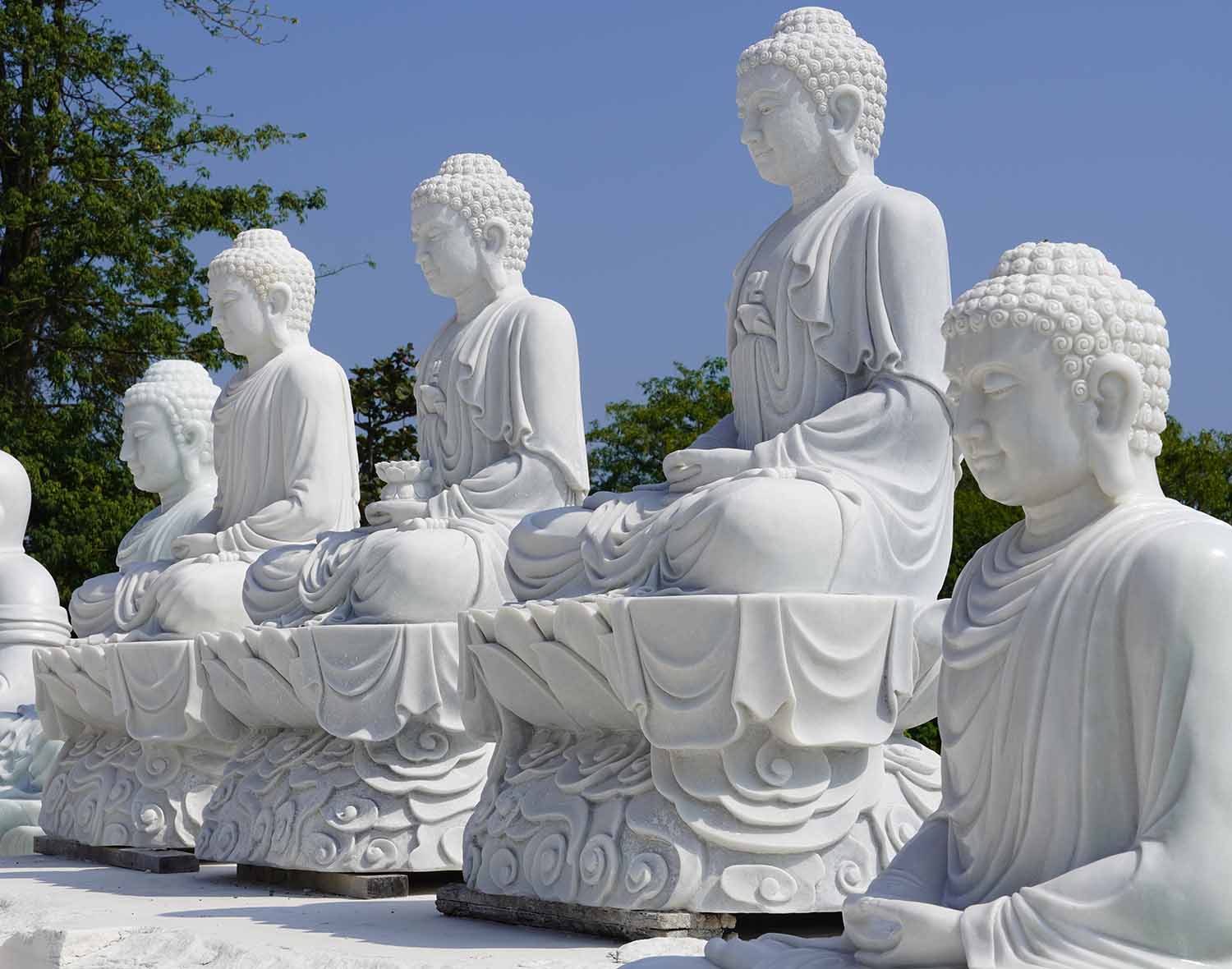
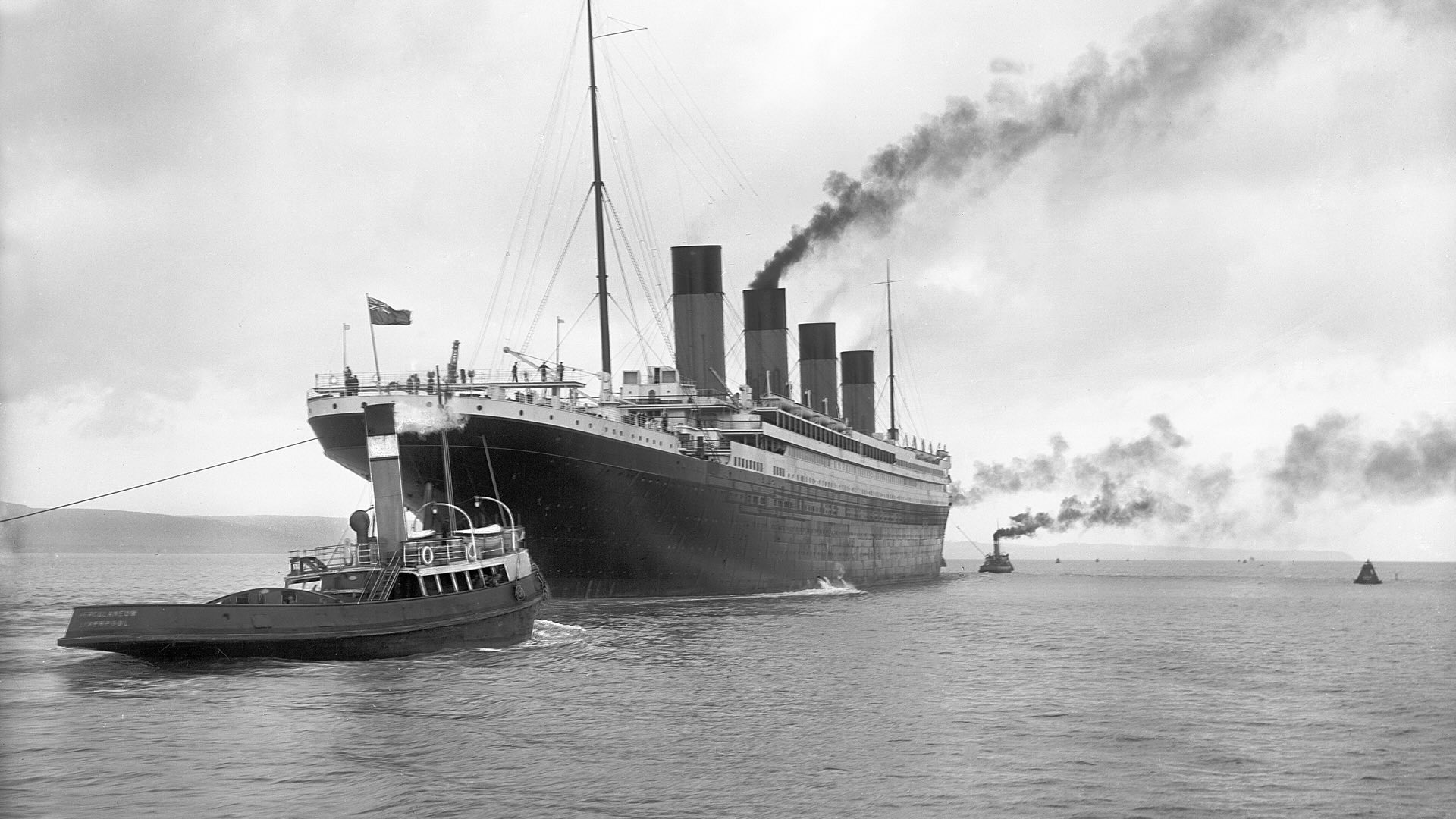
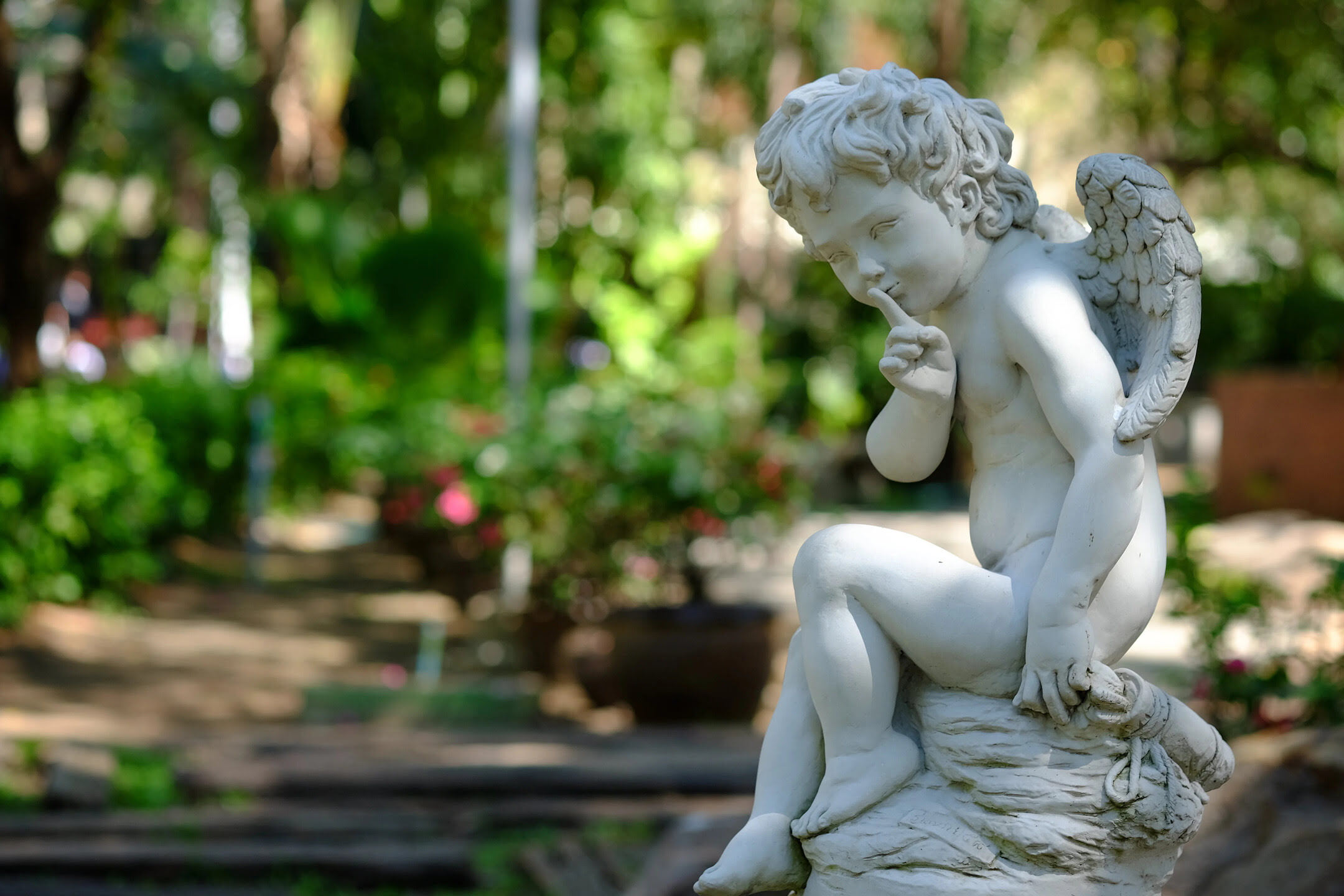
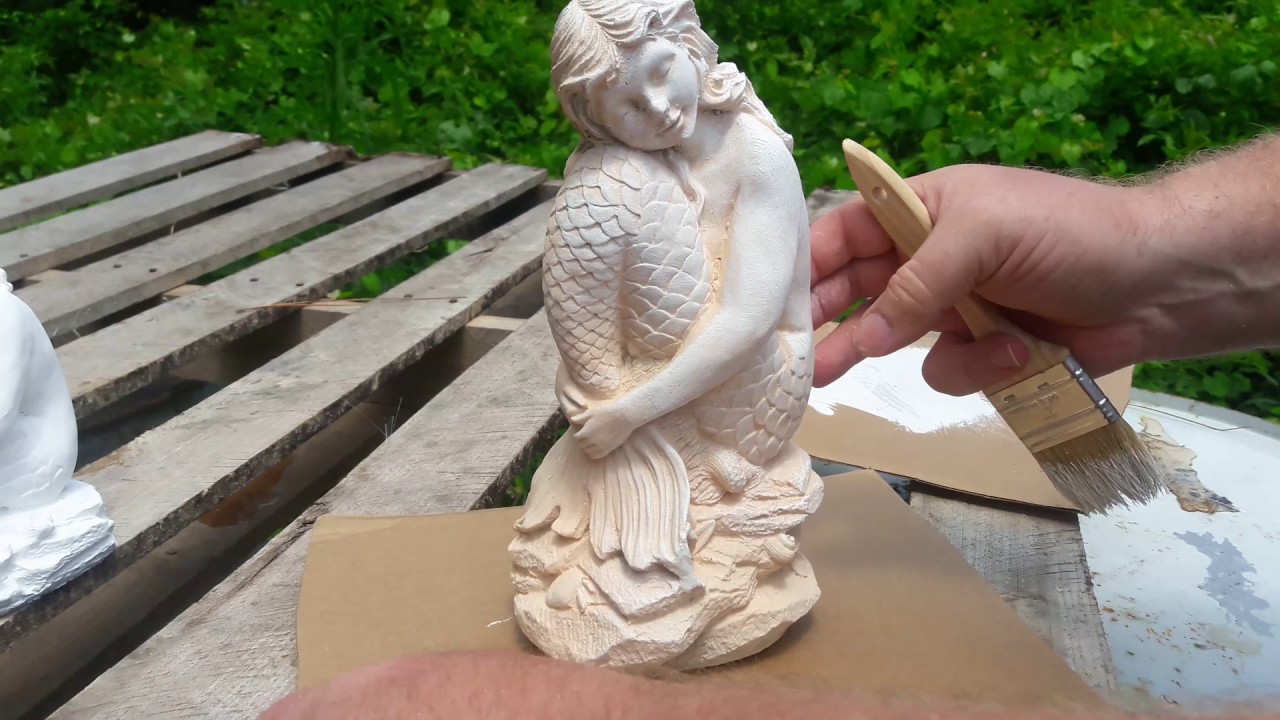


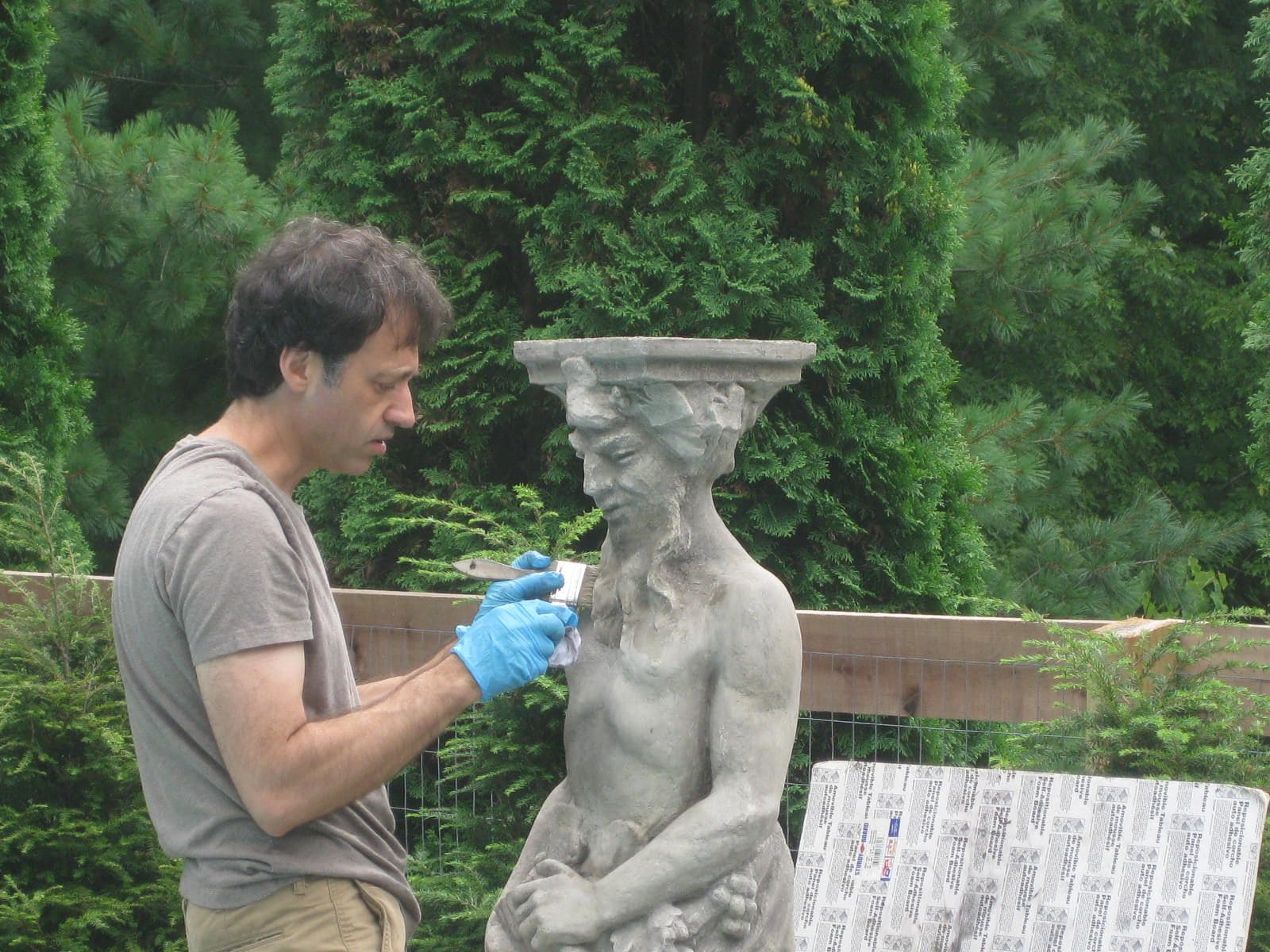



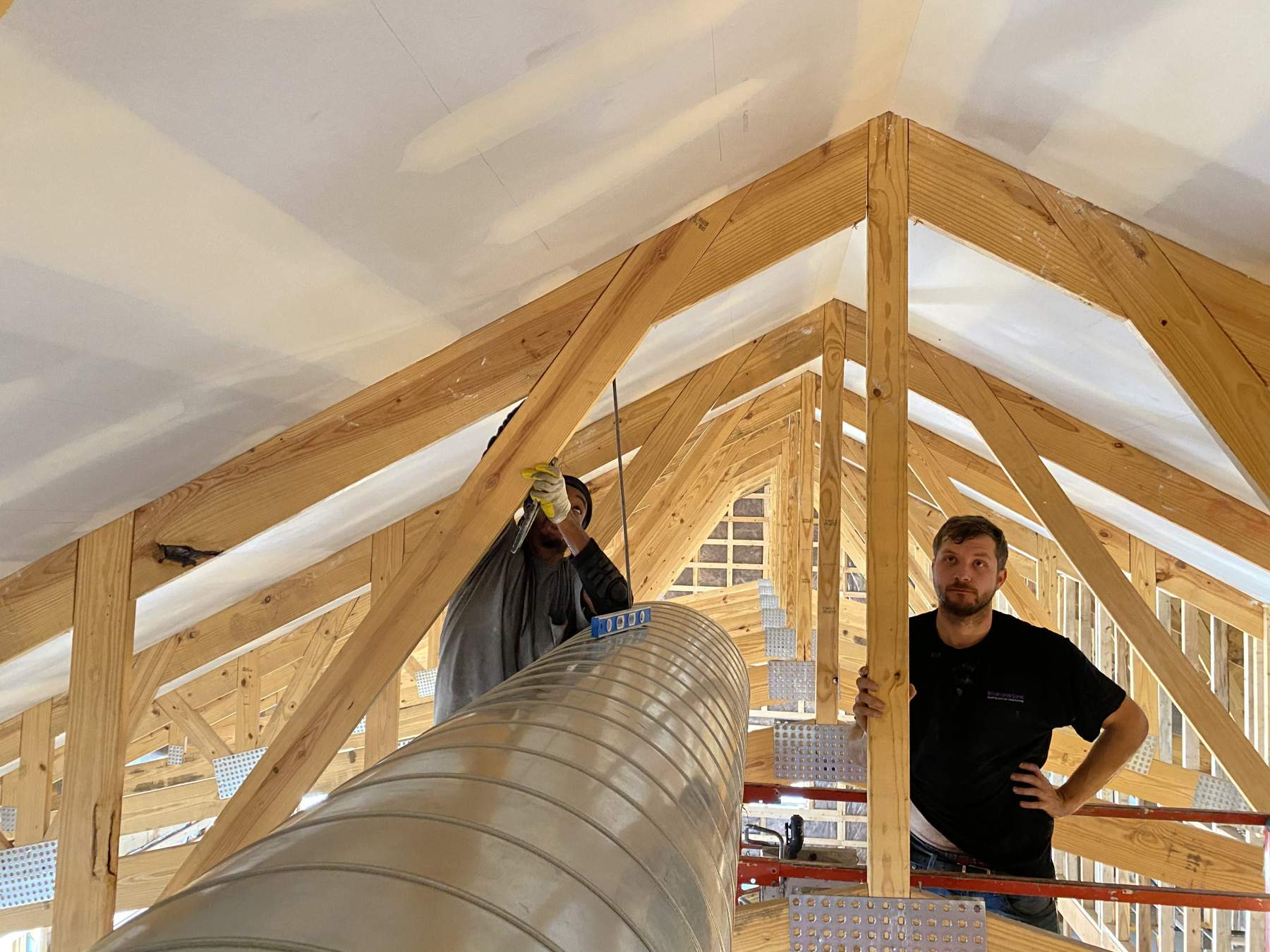
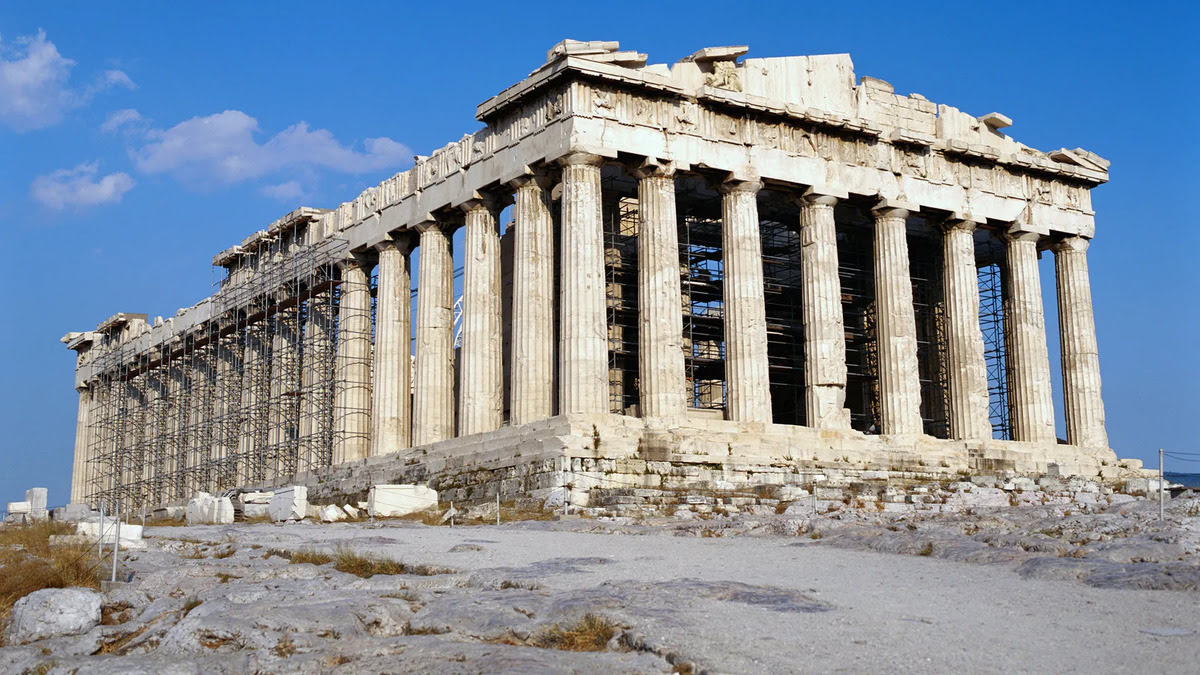

0 thoughts on “When Was Construction Of The Statue Of Liberty Completed”